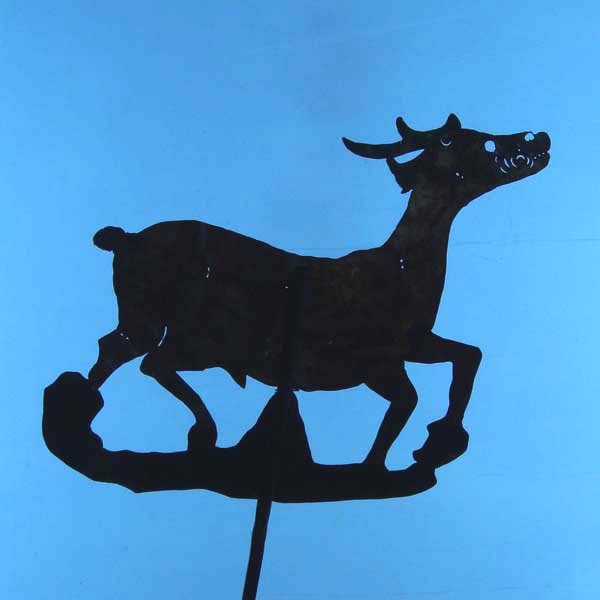
9tUeBPCpHkIjFw~~60_3.jpeg)
Some characters leave the play in this section, although Karagöz and Hacivat stay on the curtain.Ĥ. The section in which story is told and the other characters come onto the curtain is called the “fasil.” The play takes its name from the topic that is set out in this part. There are also some other types of muhavere, such as muhavere with double Karagöz, transient muhavere or interval muhavere.ģ. The “muhavere” may or may not be related to the play itself.

In this section, there is an emphasis on the differences between the characteristics of Karagöz and Hacivat. “Muhavere” may also be composed by using repartee. In the “muhavere” section, there is a discussion between the main protagonists, Karagöz and Hacivat, apart from the main subject matter and based on words, not action. The initial section, in which Hacivat comes onto the curtain with singing and calls for Karagöz, is called “mukaddime.” In this section, the poem that is read out by Hacivat emphasizes that the play aims to teach people and has an element of Islamic mysticism.Ģ. The main comic elements are double meanings, overstatements, word games and mimicry.ġ.

The subject matter in Karagöz is dealt with in an amusing way. Movements of the models on the curtain, their voices, different accents and mimicry are all carried out by a single person. Karagöz shows are performed by one single artists. Karagöz, which took its final shape in the 18th century, was always one of the most popular forms of entertainment. Another opinion holds that Sultan Yavuz Selim brought shadow theatre artists to Türkiye when he captured Egypt in 1517. According to one view, the “kor kolcak” and “ cadir” games of Central Asia were in fact examples of shadow theatre and came to Anatolia by means of migration. There are different opinions as to its existence in Türkiye. Southeast Asia is considered to be the origin of shadow theatre. The play takes name from its main character, Karagöz.
#Turkish shadow puppetry skin
This is a shadow play based on the movements of representations of people, animals or objects called “tasvir” made of water buffalo or camel skin with the help of sticks against a curtain with s strong source of light behind it.


 0 kommentar(er)
0 kommentar(er)
